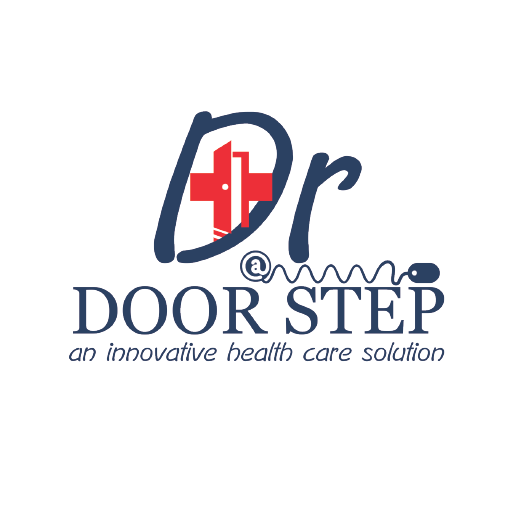For decades, the traditional doctor’s visit served as the cornerstone of healthcare delivery. Patients would travel to a medical facility, wait in lobbies, and undergo in-person consultations with their physicians. However, the landscape of modern medicine is undergoing a significant transformation, driven by the emergence and rapid adoption of telemedicine technologies. Telemedicine, also referred to as telehealth, encompasses a broad range of healthcare services delivered remotely through telecommunication technologies. This includes virtual consultations with doctors, specialists, and mental health professionals, remote patient monitoring, and even the facilitation of home visit doctors for situations requiring a physical examination.
The integration of telemedicine into the healthcare system presents a multitude of advantages, impacting both patients and providers. This article will delve into the multifaceted role of telemedicine in modern medical services, exploring its impact on accessibility, convenience, cost-effectiveness, chronic disease management, and the overall patient experience.
Improved Accessibility: Healthcare at Your Fingertips
One of the most significant contributions of telemedicine is its ability to bridge geographical barriers and extend healthcare access to underserved populations. This is particularly beneficial for individuals residing in remote areas where access to qualified medical professionals might be limited. With telemedicine, patients can connect with specialists across vast distances, eliminating the need for long and potentially arduous travel.
Furthermore, telemedicine empowers individuals with busy schedules or mobility limitations to receive timely medical attention. Virtual consultations can be seamlessly integrated into daily routines, eliminating the need to take time off work or arrange childcare for a simple check-up. This is especially valuable for managing chronic conditions, where regular consultations are crucial for maintaining good health.
Enhanced Convenience: Redefining the Patient Experience
Telemedicine streamlines the healthcare experience by offering unparalleled convenience. Gone are the days of waiting in crowded reception areas or battling traffic to reach a doctor’s appointment. Virtual consultations allow patients to connect with their healthcare providers from the comfort of their homes, workplaces, or even while traveling. This not only saves valuable time but also reduces stress associated with traditional in-person visits.
The convenience factor extends beyond consultations. Telemedicine platforms can facilitate secure communication between patients and providers, enabling them to exchange medical records, lab results, and medication information electronically. This improves communication efficiency and empowers patients to take a more active role in managing their health.
Cost-Effective Care: Optimizing Resources for Improved Outcomes
The integration of telemedicine into healthcare systems presents significant cost-saving opportunities. By reducing the need for unnecessary in-person visits and minimizing administrative overhead, telemedicine can contribute to a more streamlined and cost-effective healthcare delivery model. Additionally, for patients, telemedicine eliminates the costs associated with travel, parking, and time off work.
Furthermore, telemedicine allows for proactive health management, potentially leading to fewer hospital admissions and emergency room visits. By enabling remote patient monitoring and early intervention for chronic conditions, telemedicine can play a crucial role in optimizing healthcare resource allocation and promoting long-term cost savings.
Chronic Disease Management: Proactive Care for Long-Term Health
Telemedicine is revolutionizing the management of chronic conditions such as diabetes, heart disease, and respiratory illnesses. Remote monitoring capabilities, facilitated by wearable devices and mobile applications, allow healthcare providers to track vital signs, medication adherence, and other crucial health data in real-time. This empowers them to identify potential issues early on and intervene proactively, potentially preventing complications and improving long-term health outcomes.
Telemedicine platforms can also be utilized for delivering educational programs and support groups for patients managing chronic conditions. This fosters patient engagement and empowers individuals to play a more active role in their health management journey.
A Patient-Centered Approach: Empowering Individuals Through Technology
The rise of telemedicine aligns with the growing emphasis on patient-centered care. By facilitating convenient and timely communication with healthcare providers, telemedicine empowers patients to actively participate in their healthcare decisions. Virtual consultations allow for more in-depth discussions and personalized care plans, fostering a stronger patient-provider relationship built on trust and open communication.
Additionally, telemedicine platforms can provide patients with access to educational resources and self-management tools, empowering them to take greater control of their health. This not only improves patient satisfaction but also fosters a sense of ownership and accountability for overall well-being.
Challenges and Considerations: Ensuring Equitable Access and Quality Care
Despite its numerous advantages, the widespread adoption of telemedicine presents certain challenges. Ensuring equitable access to technology and addressing the digital divide for underserved populations is crucial. Additionally, concerns regarding data security and privacy need to be addressed to maintain patient trust in the virtual healthcare environment.
Furthermore, telemedicine is not a one-size-fits-all solution. While it offers immense benefits for specific consultations and chronic disease management, in-person examinations remain essential for certain conditions and situations. A hybrid approach, integrating telemedicine with traditional in-person care, provides optimal health outcomes.
 :
https://dratdoorstep.com/
:
https://dratdoorstep.com/












